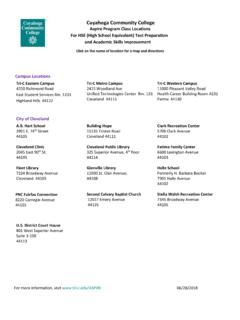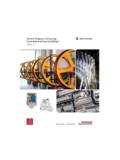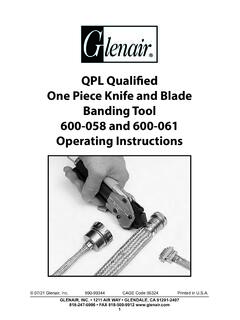Transcription of Standard Operating Procedures of Hand Tools
1 Standard Operating Procedures of Hand Tools Introduction To safely use each tool in Ideation Station, follow the Standard Operating Procedures below. Every hand tool in Ideation Station is listed and described in this document. If you are unsure how to use any of the hand Tools in the Ideation Station, please refer to this document or ask a lab technician for assistance. TABLE OF CONTENTS: Striking Tools Pages 4-7. Page 4. Ball-Peen Hammer Page 5. Dead Blow Page 6. Rubber Mallet Page 7. Claw Hammer Deburring Page 8. Page 8. Deburring tool Files Pages 9-12.
2 Page 9. Flat Page 10. Half Round Page 11. Round Page 12. File Card Knives Pages 13-14. Page 13. X-Acto Knife Page 14. Magazine Knife Abrasives Pages 15-18. Page 15. Sand Paper Page 16. Orbital Sander Page 17. Detail Sander Page 18. Dremel Measurement and Level Tools Pages 19-24. Page 19. Tape Measure Page 20. T Square Page 21. Caliper Page 22. Speed Square Page 23. Scales / Rulers Page 24. Carpenter's Level Inspection Pages 25-26. Page 25. Telescoping Mirror Page 1 of 66. Page 26. Telescoping Alligator Clip Marking Pages 27-29. Page 27. Scriber Page 28.
3 Automatic Center Punch Page 29. Manual Center Punch Screw Drivers Pages 30-32. Page 30. Flat Head Page 31. Philips Head Page 32. Allen Wrenches Pliers Pages 33-38. Page 33. Slip Joint Pliers Page 34. Tongue and Groove Pliers Page 35. Needle Nose Pliers Page 36. Diagonal Cutter (Soft Jaws Page 37. Bolt Cutters Page 38. Retaining Ring Pliers Hand Saws Pages 39-40. Page 39. Hacksaw Page 40. Wood Saw Wrenches Pages 41-44. Page 41. Box Wrench Page 42. Spud Wrench Page 43. adjustable Wrench Page 44. Socket Wrench Electrical (Small Gauge) Pages 45-49.)
4 Page 45. Double Crimper Page 46. Crimper/Stripper Page 47. Cable Cutter Page 48. Wire Crimper Page 49. Heat Gun Powered Drills and Screwdrivers Pages 50. Page 50. Cordless Driver Drill (Milwaukee 2606-20). Pry Bars Page 51. Page 51. Pry Bars Quick Clamps Page 52. Page 52. Quick Clamps Sheet Metal Pages 53-54. Page 53. Compound-Action Snips Page 54. Hand Riveter Page 2 of 66. Masonry Pages 55-57. Page 55. Hammer Drill (2704-20). Page 56. Impact Driver (Milwaukee 2656-20). Page 57. Angle Grinder (Milwaukee 6146-30). Plumbing Pages 58-60. Page 58.
5 24 Inch Strap Wrench Page 59. Plumber Wrench Page 60. Duct Crimper Pneumatic Tools Pages 61-62. Page 61. Pneumatic Pop Rivet Gun Page 62. Pneumatic Nail Gun Powered Saws Pages 63-64. Page 63. Milwaukee 2621-20. Page 64. Jigsaw (Milwaukee 2645-20). Drill Accessories Pages 65-66. Page 65. Forstner Page 66. Step Bits This work is licensed under a Creative Commons Attribution-NonCommercial International License. The Ideation Station attribute the information in this document to the think[box] at Case Western Reserve University. Page 3 of 66.
6 Striking Tools Ball-Peen Hammer About: The head is made of heat treated forged high carbon steel that is harder than a claw hammer. The round peening end is used less in metalworking than it used to be, but it is meant to work and shape malleable metals. Do: Wear safety glasses Hold onto the rubber grip with your dominant hand Place your work piece on a hard surface Check your surroundings to make sure you won't hit anyone when you swing the hammer Swing with your whole arm and elbow Hit your work piece squarely with the head of the hammer Use this tool to strike punches and chisels and to peen and form sheet metal Do not: Strike with the sides, top or bottom of the hammer Use this tool to strike nails Page 4 of 66.
7 Dead Blow About: Dead blow hammers are specialized striking Tools used to minimize damage to a part's surface. The head of a dead blow is polyurethane and is with sand or lead shot to absorb the impact of the strike. Do: Wear safety glasses Use this tool to dislodge stuck parts Use this tool if a steel hammer head would damage the surface of your part Do not: Use this tool to hammer nails into wood Page 5 of 66. Rubber Mallet About: The rubber Mallet is used in woodworking or when a softer impact is required. The rubber head ensures that the face of the surface you are striking will not be damaged.
8 Do: Wear safety glasses Use this tool to join tight fitting parts together Use this tool to form sheet metal Do not: Use this tool to hammer nails into wood Page 6 of 66. Claw Hammer About: The claw hammer is the tool most people think of when they think of hammers. The head of this tool is used for driving nails into wood and the claw on the back is used to pry nails out of wood. Do: Wear safety glasses Check to make sure no one is in the way of your swing before you use the hammer Do not: No special instructions to date Page 7 of 66. Deburring Deburring tool About: The deburring tool consists of a handle and a free spinning steel deburring blade .
9 Use this tool to remove burrs from metal and plastic edges and the insides of holes. Do: Wear safety glasses Hold onto the handle If deburring the inside of a hole: Insert the cutting blade into the hole Move the cutting blade along the perimeter of the hole until all of the burrs are gone If deburring an edge: Place the cutting blade against the edge of your work piece Move the blade along the edge until all burrs are gone Always push the cutting blade away from your body Replace the cutting blade if it gets dull Use pliers to remove any stuck burrs.
10 Do not: Use this tool on wood Use your hands to remove any stuck burrs. Page 8 of 66. Files Flat About: A flat file is a fine cutting tool with two wide flat faces and two skinny flat faces that can remove small amounts of material from wood, plastic, or metal. It is used to break sharp corners, remove burrs from a work piece, or smooth out the surface of a work piece. Do: Wear safety glasses Clamp your work piece to a workbench or in a vise Hold onto the file's handle with your dominant hand and hold onto the end of the file with your other hand Apply moderate downward force and push the file forward on the work piece Continue using forward strokes of the file to remove material Clean the teeth of a clogged file with a file card Do not: Use backward strokes.
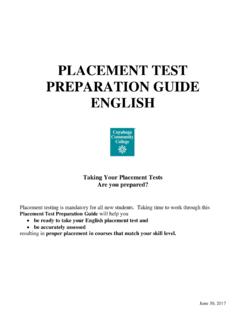

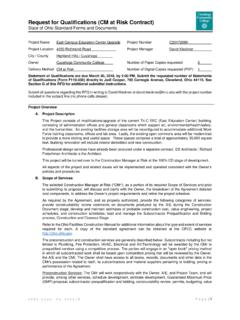
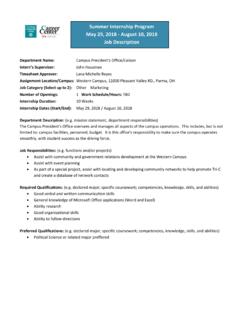

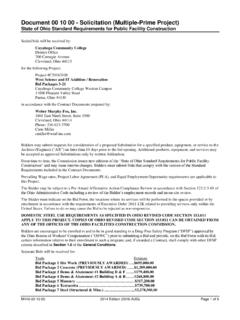
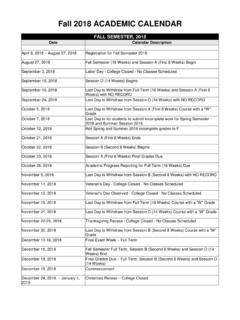
![Frequently Asked Questions [FAQs] Welding …](/cache/preview/8/5/f/d/6/a/b/d/thumb-85fd6abd3bcfc57ab59e381f4c4d4488.jpg)

